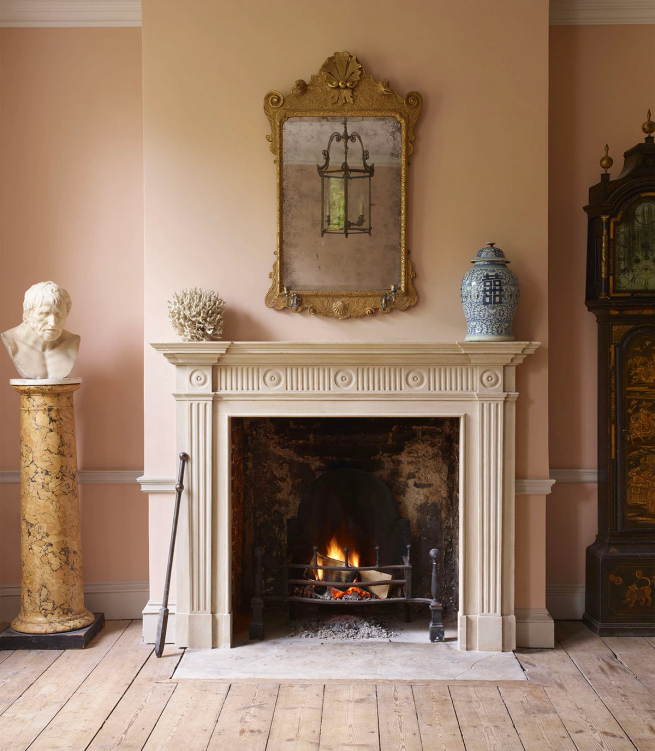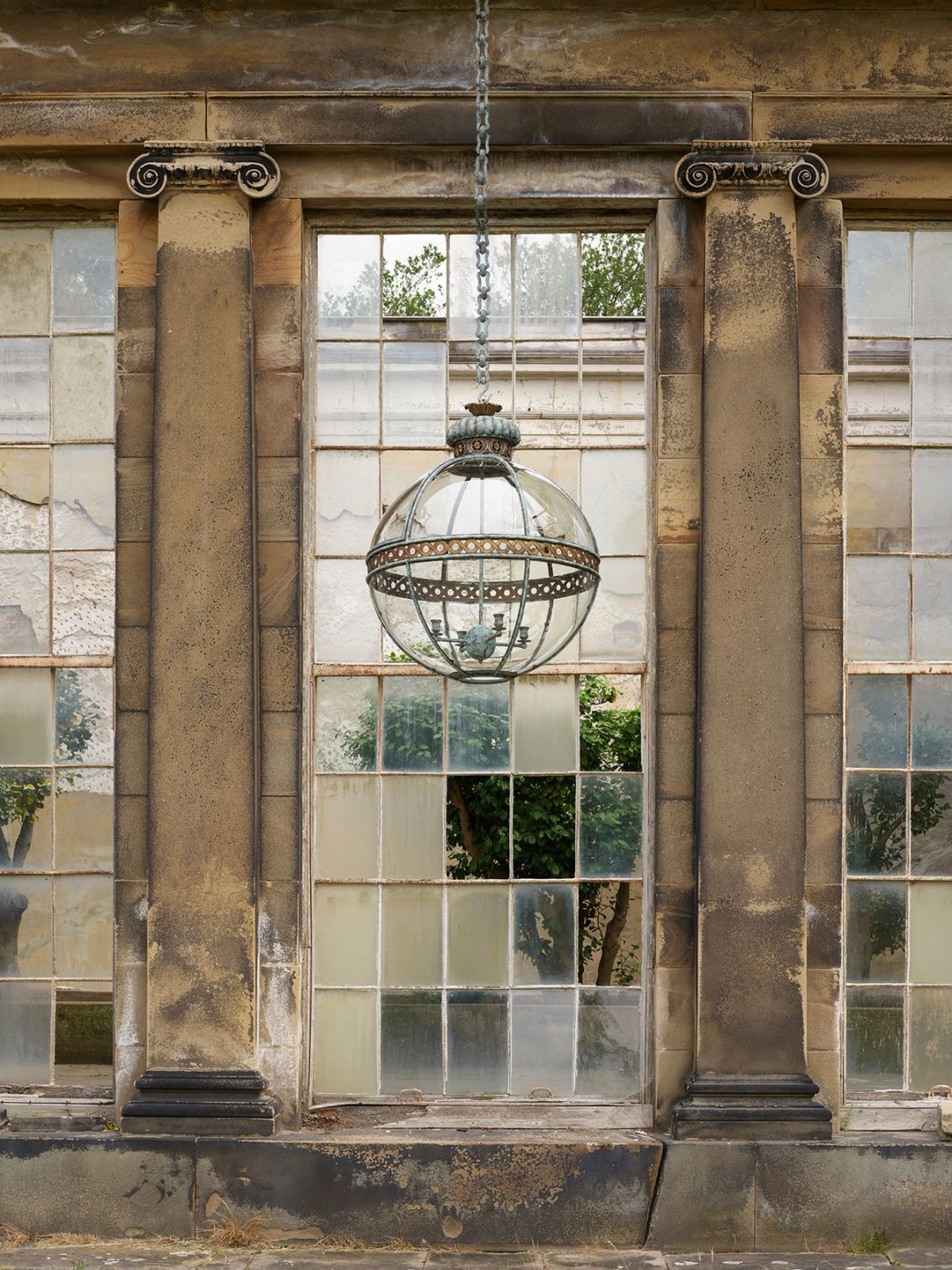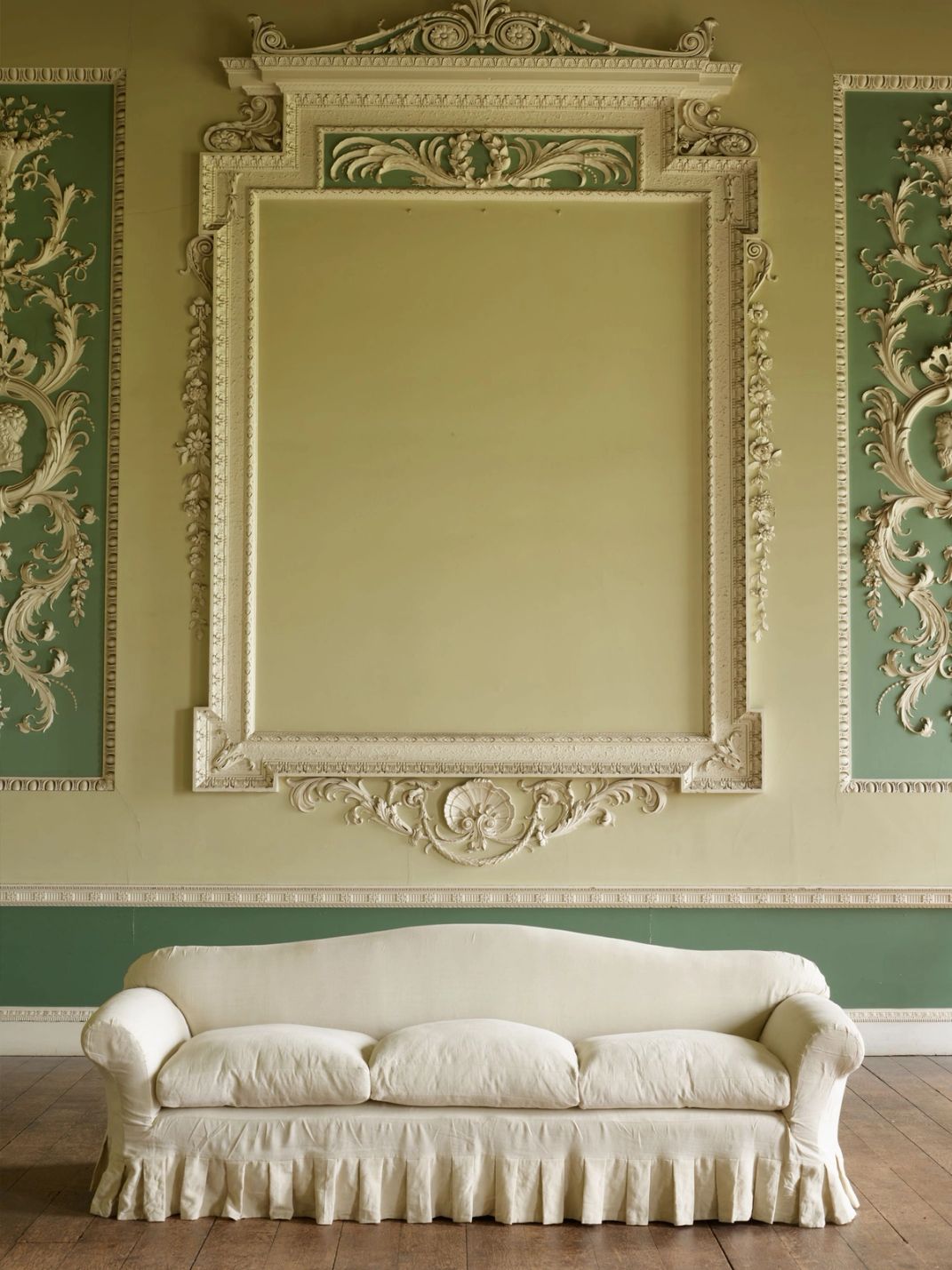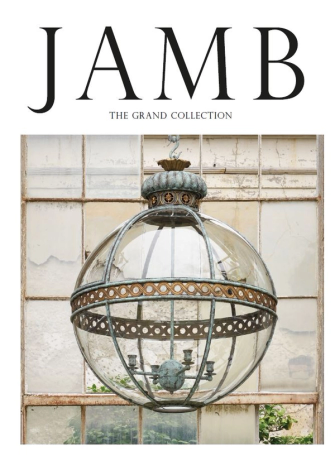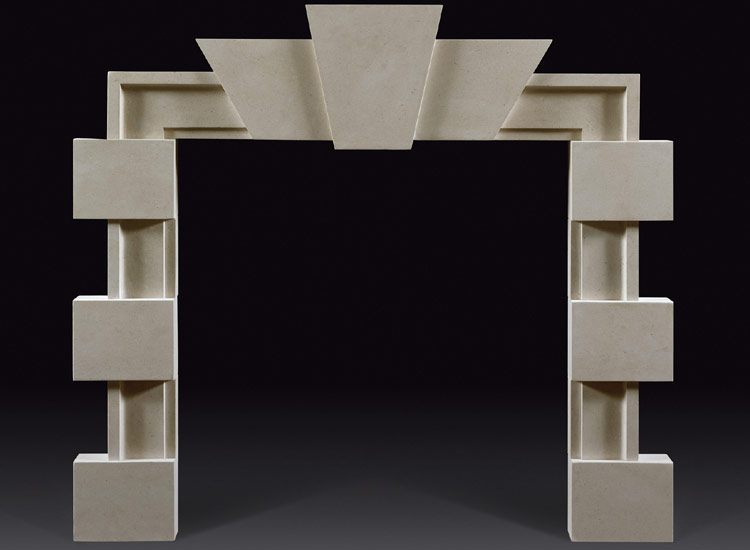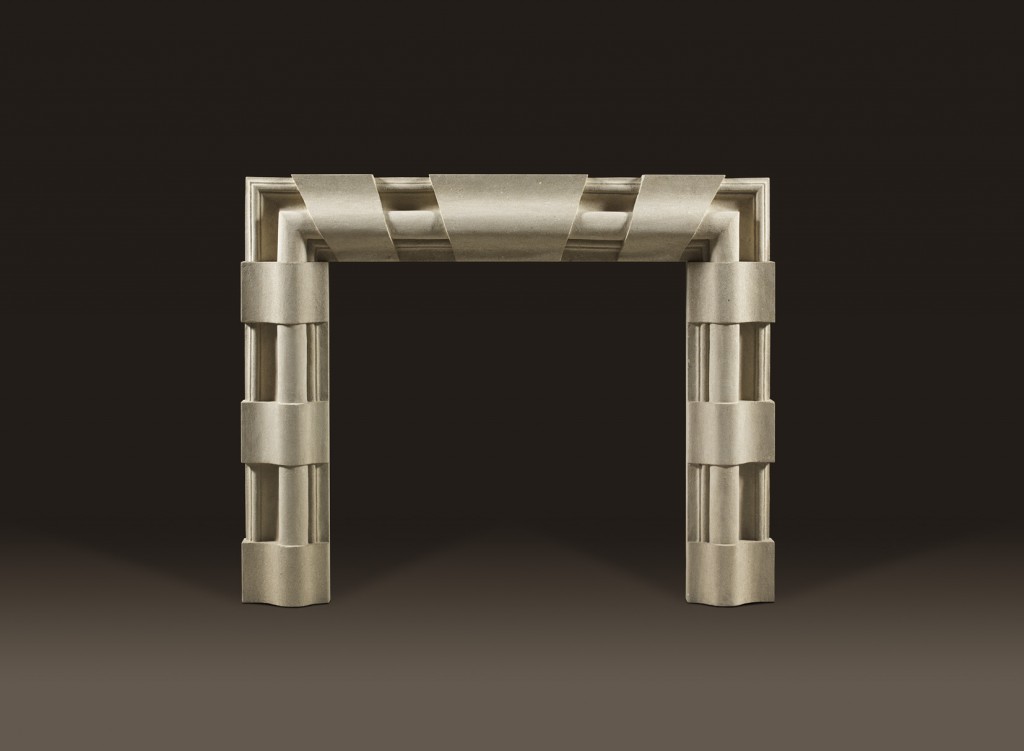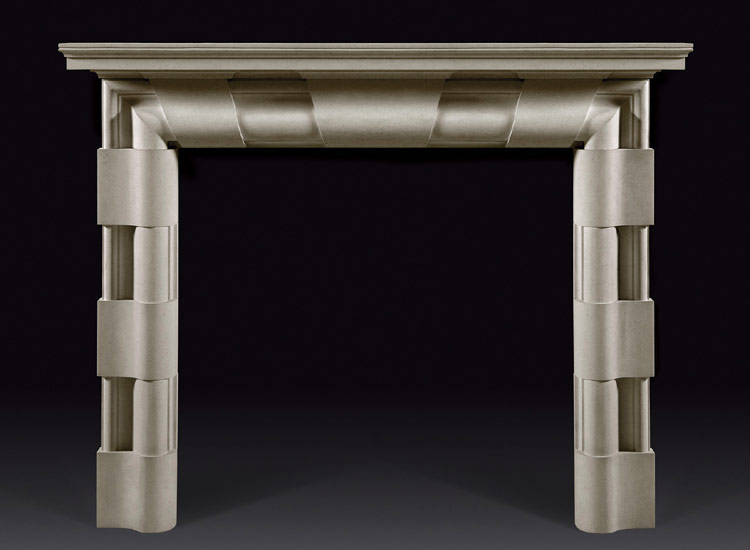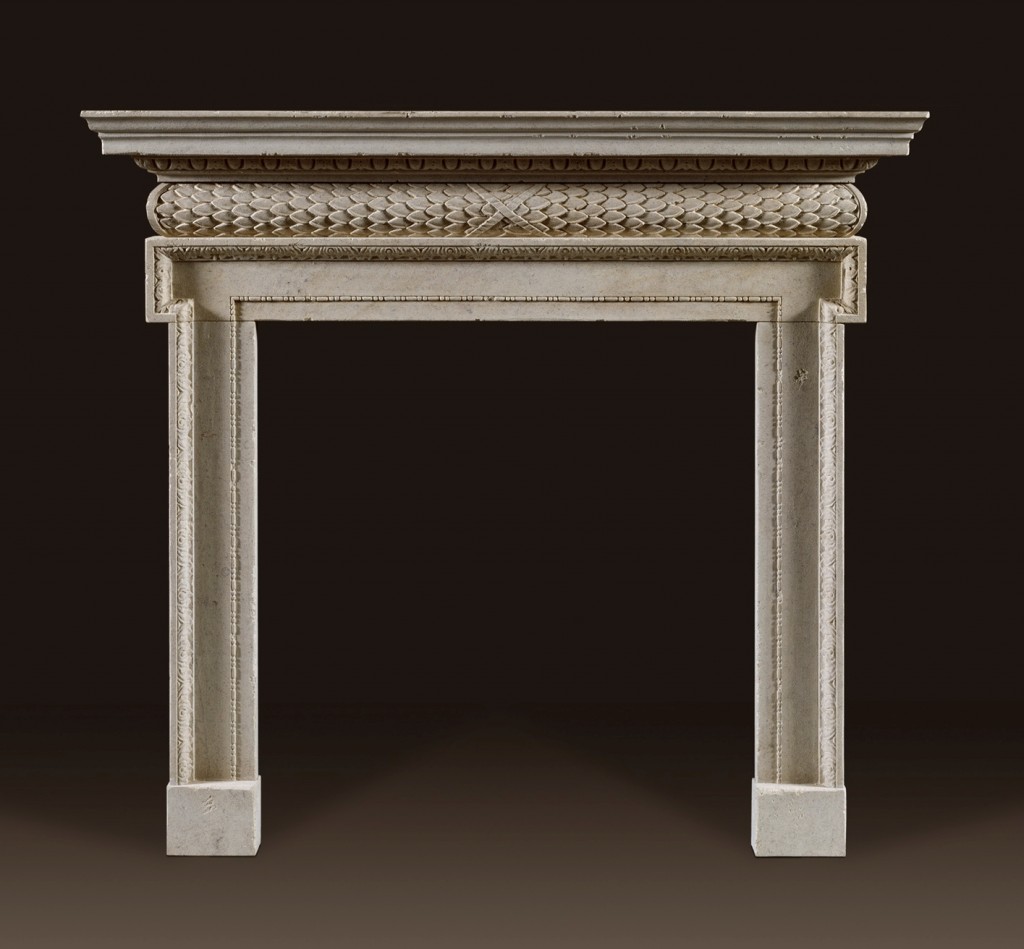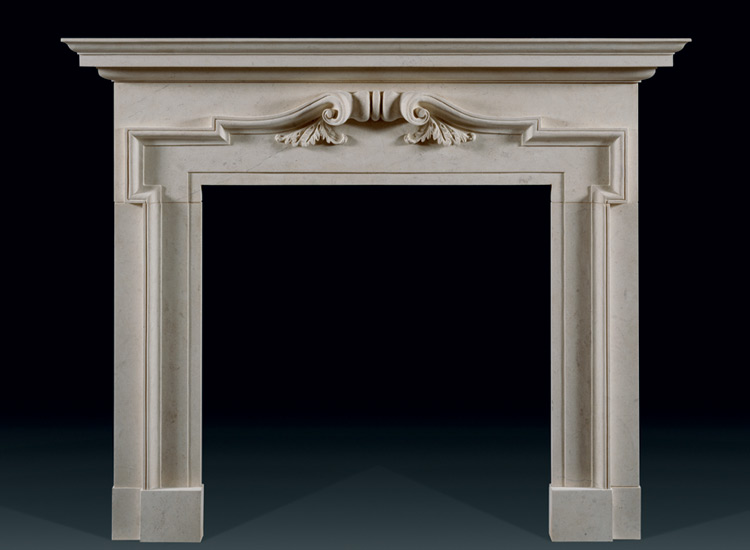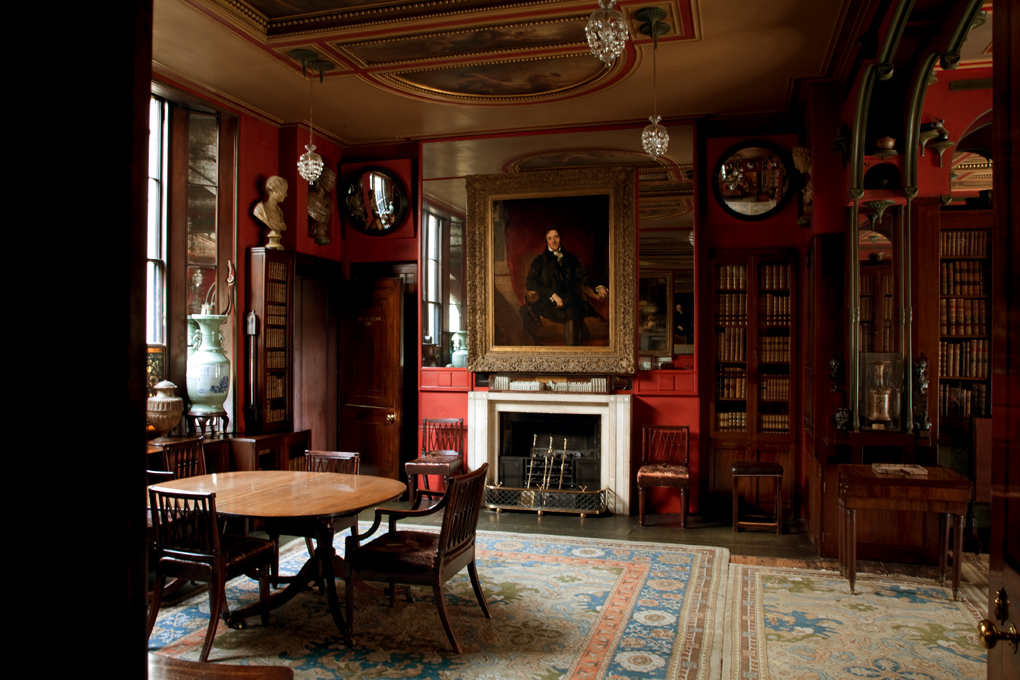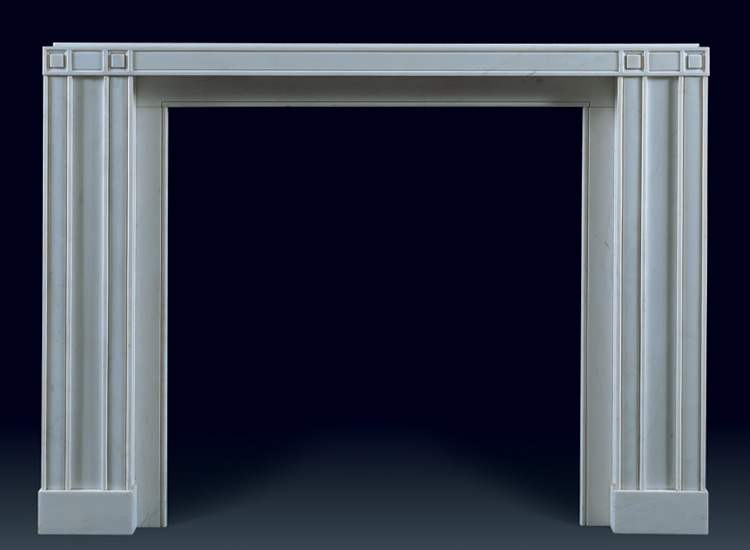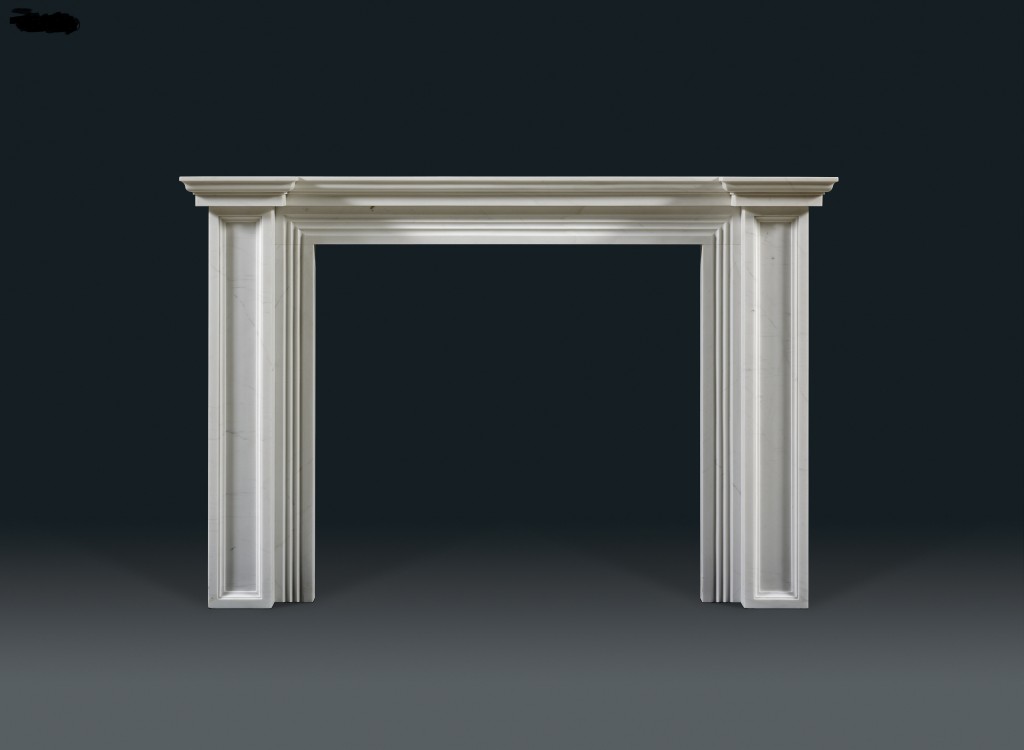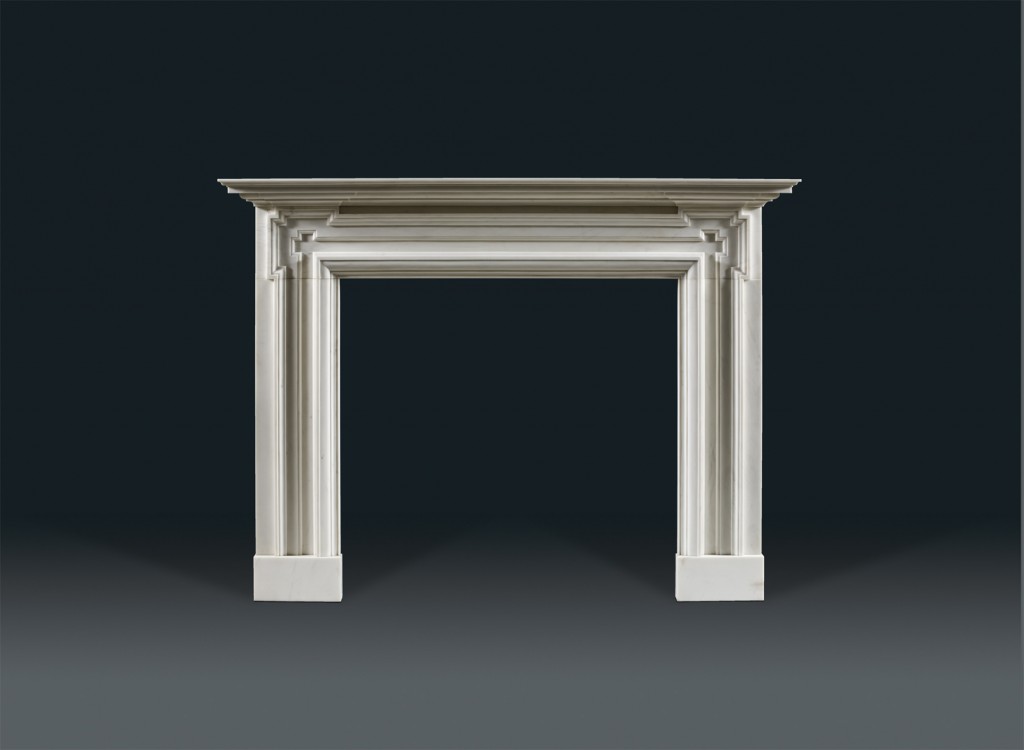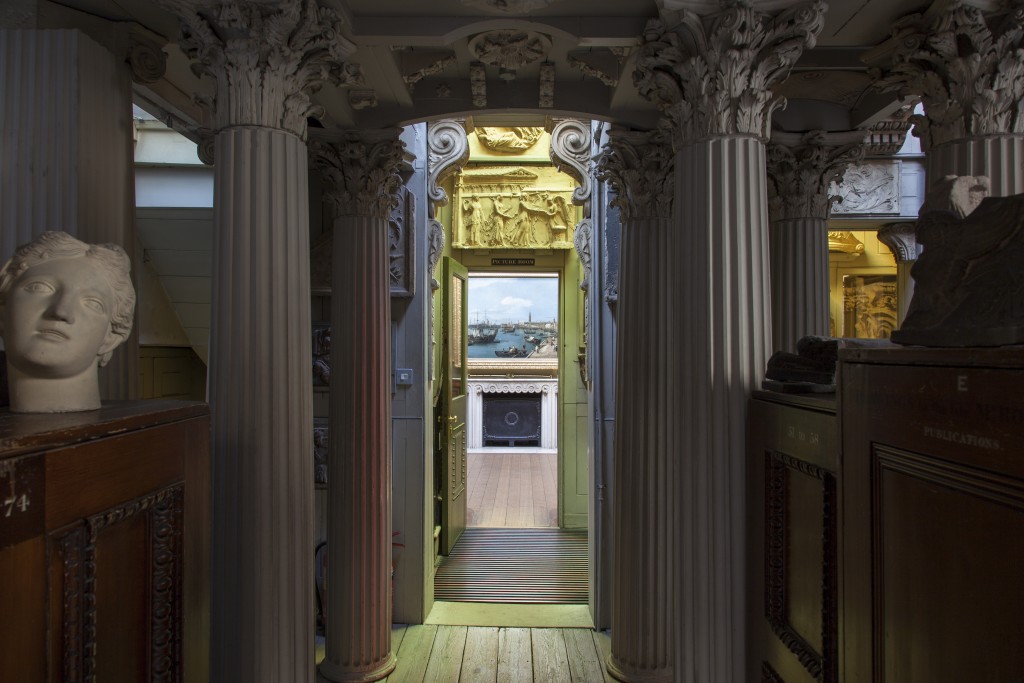Many of our reproduction fire surrounds are named after the most influential architects of the seventeenth and eighteenth centuries who shaped the history of design.
The Vanbrugh in Portland stone is one of our most dramatic and architectural fireplaces perhaps reflecting Sir John Vanbrugh (1664-1726) himself!
A man of many talents and passions: a playwright and political activist who turned to architecture, it is believed, without any formal training. He built Blenheim Palace and Castle Howard, one of my favourite baroque buildings, alongside Nicholas Hawskmoor (1661-1736)
Hawksmoor was a leading figure of the English Baroque style.
He worked alongside many of the leading architects, notably Wren who hearing of his genius talent took him on as a clerk at eighteen, contributing to St Paul’s Cathedral and many of London’s churches.
Our Langley Fireplace is named after Batty Langley: (1696- 1751)
A Georgian architect and pioneer of the Rococo movement but first and foremost a garden designer. A prolific writer and draftsman who provided guides to almost everything you needed to know in the field of architecture, classical design and garden design for the benefit of building craftsmen. In his own words he was a defender and spokesman for the crafts. You can actually stay in one of his designs, the Batty Langley Lodge (1785) of Castletown House in Dublin, Ireland. He created the most intricate garden plans, including mazes, that reminded me of my recent visit to Giardino Giusti
The other fireplaces in our reproduction collection inspired by Langley are the Pembroke
and the Sitwell, a baroque style limestone chimneypiece taken from Langley’s 1739 Book of Designs.
Jamb were the first company to reproduce Sir John Soane’s (1753-1837) designs and make facsimile copies available of the iconic Lincoln’s Inn Fields Chimneypiece, the Dulwich fireplace.
He has probably had the most influence on Jamb designs and my own aesthetic outlook.
In the Jamb reproduction range the following designs also are inspired from Soane: The Soane fireplace,
The Holwood fireplace
and the Lincoln ( the original was in the Bank of England which Soane designed)
Also the Dulwich fire Grate and the Mansfield Mirror.
His home in Lincoln’s Inn Fields is possibly his greatest work of art. A museum, untouched since his death almost one hundred and eighty years ago, is one of the most outstanding in London. It never fails to inspire me.
Advice from Sir William Chambers to Soane (given to him in his formative years) was to ‘always see with your own eyes (you) must discover their true beauties and the secrets by which they are produced’ leading him to embark on a three year Grand Tour studying ancient classical architecture.
Just before the end of his tour, he lost his research, books, drawings, and personal items when his trunk became loose on the coach. Fortunately what he saw, observed and felt became engrained and many years later he would design many historic buildings in London. Notably the Bank of England (although much of his work was unfortunately replaced by Sir Herbert Baker) the Dulwich Picture Gallery and parts of Downing Street, Chelsea Hospital and the Houses of Parliament. He was made Professor of Architecture at the Royal Academy.
He amassed the finest collection of sculpture, paintings, architectural salvage and antiquities from which I never cease to take ultimate inspiration.
It is remarkable that the Museum stands today, serving to be an inspiration and vital place to learn for so many. My only wish however would have been to attend the three day candlelit party Soane held in 1825 to celebrate his acquisition of the alabaster Sarcophagus of Seti! But until time travel is invented I will have to make do with my candlelit evening visits on the first Tuesday of every month!


